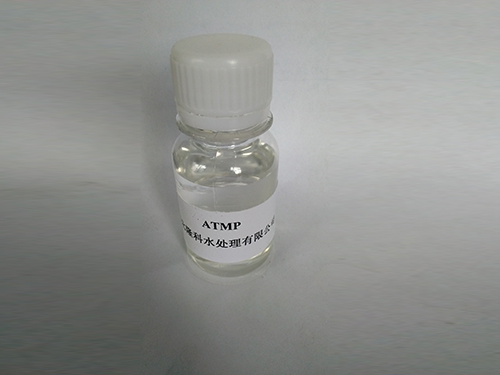Coagulation and Flocculation Processes in Water Purification Techniques
Coagulation and Flocculation in Water Treatment
Water treatment is a critical process in ensuring that the water we consume is safe, clean, and suitable for various uses. Among the various methods utilized in this engineering field, coagulation and flocculation play vital roles in the primary stages of water purification. These processes effectively remove suspended solids, colloids, and other contaminants, thus enhancing water quality.
The Fundamentals of Coagulation and Flocculation
Coagulation is the initial step in the treatment process, where chemicals called coagulants are added to water containing impurities. These coagulants—commonly aluminum sulfate (alum), ferric chloride, or polyaluminium chloride—act by neutralizing the electric charges present on the surfaces of suspended particles. Normally, these particles repel each other due to their similar charges, preventing them from aggregating. The introduction of coagulants destabilizes the charges, allowing the particles to come together.
Once coagulation occurs, the next stage is flocculation. During flocculation, gentle mixing or stirring causes the destabilized particles to collide and form larger aggregates called flocs. This process involves slow agitation to encourage the formation of these larger entities without breaking them apart. The size and density of the flocs are essential, as they need to be substantial enough to settle out of the water in subsequent steps.
The Coagulation-Flocculation Process
The coagulation-flocculation process typically involves several stages
1. Rapid Mixing The coagulant is quickly mixed into the water to ensure even distribution and effective neutralization of charges.
2. Flocculation The water is slowly stirred to promote the collision of particles and the formation of larger flocs. Flocculation can occur in both batch and continuous systems, depending on the design of the treatment facility.
coagulation and flocculation in water treatment

3. Sedimentation After sufficient time for floc formation, the water is allowed to settle in a sedimentation basin. Here, the denser flocs gravitate towards the bottom, forming a sludge layer. This process significantly reduces the concentration of particulate matter.
4. Filtration The supernatant water, now clearer, is passed through filtration systems (such as sand filters) to remove any remaining impurities before undergoing further disinfection.
Importance of Coagulation and Flocculation
Coagulation and flocculation are essential not only for removing suspended solids but also for reducing the levels of harmful microorganisms, viruses, and organic pollutants present in raw water sources. Particularly in surface water treatment, where turbidity can be high due to natural sedimentation processes, these techniques are crucial in producing potable water.
Moreover, these processes enhance the effectiveness of subsequent treatment methods like chlorination or UV disinfection. By minimizing the presence of organic matter, which can react with disinfectants to form harmful byproducts, coagulation and flocculation contribute to safer drinking water.
Challenges and Considerations
While coagulation and flocculation are effective, they are not without challenges. Factors such as pH, temperature, and the type of coagulant used can significantly affect the efficiency of these processes. Water treatment operators must continuously monitor and adjust these variables to achieve optimal results. Moreover, the disposal of sludge generated from sedimentation poses environmental concerns that need addressing to ensure sustainable practices.
Conclusion
In conclusion, coagulation and flocculation are indispensable techniques in the field of water treatment that enhance water quality by removing impurities and facilitating subsequent treatment stages. As the demand for clean water continues to grow in a world facing climate change and pollution challenges, these processes will remain vital. Innovations in coagulant formulations, process optimization, and sludge management will be essential for improving the efficiency and sustainability of water treatment systems worldwide. Through proper implementation, coagulation and flocculation contribute significantly to public health and environmental protection.
-
Pbtc Scale InhibitorPBTC: A Scale Protector for Industrial Water TreatmentNewsAug.05,2025
-
Organic Phosphonate: An Efficient Defender in the Field of Scale InhibitionNewsAug.05,2025
-
Hydrolyzed Polymaleic Anhydride: Green Pioneer in Scale Inhibition FieldNewsAug.05,2025
-
PAPEMP Polyamino Polyether Methylene Phosphonic Acid For SaleNewsAug.05,2025
-
Flocculant Water Treatment: A Pioneer in Purification in the Field of Water TreatmentNewsAug.05,2025
-
Benzyl Isothiazolinone: An Efficient and Broad-Spectrum Antibacterial Protective GuardNewsAug.05,2025





